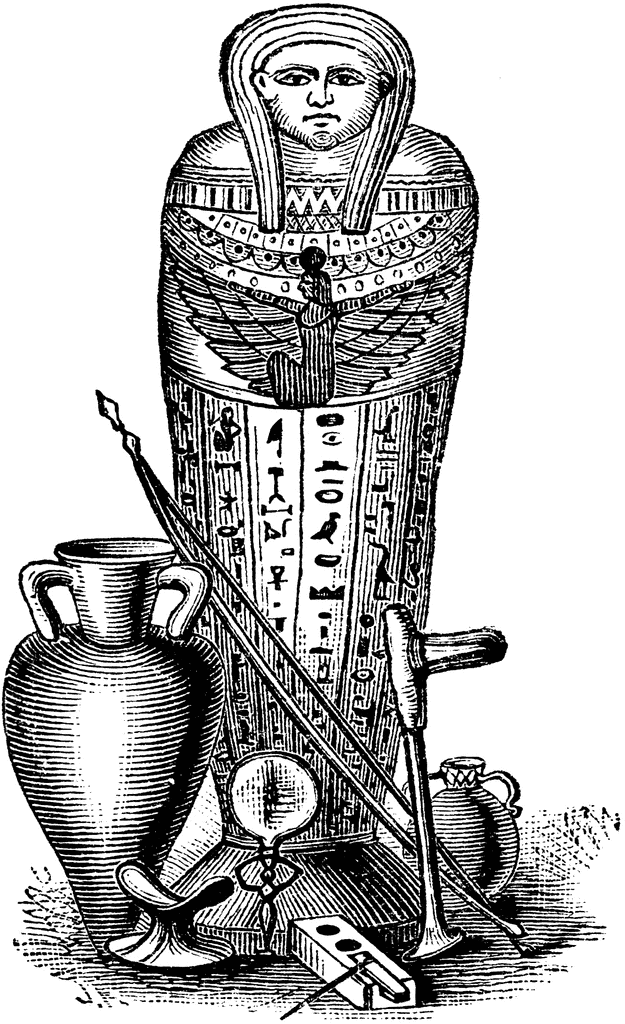
They settled on land held by the Wampanoag people, who did not practice the absolute ownership of land. They were also communists, in that they agreed to work communally and share the profits of their labor for the first seven years of their settlement, though that agreement did not last beyond the first year. The pilgrims who sailed on the Mayflower were not property owners but economic migrants financed by property owners. Thompson writes that enclosure was “a plain enough case of class robbery, played according to fair rules of property and law laid down by a parliament of property-owners and lawyers.” In “ The Making of the English Working Class,” the historian E. P. Enclosure is how nearly all the agricultural land in Britain came to be owned by less than one per cent of the population. “The Wall,” John Berger writes, “is the front line of what, long ago, was called the Class War.” Walls, fences, hedges, and ditches were all used to mark the boundaries of enclosed land, so that sheep could be kept there, or some other profit could be pursued. The nature of ownership changed within the newly set hedges of an enclosed field, where the landowner now had the exclusive right to dictate how the land was used, and no one else belonged there.įrom my backward-facing seat, I saw a long stone wall on the crest of a cliff. That land already belonged to the landed, in the old sense of ownership, but it had always been used by the landless, who belonged to the land. There in those hedges, I was looking for a living record of enclosure, the centuries-long process by which land once collectively worked by the landless was claimed by the landed.

I was trying to locate the origins of private property, a preposterous pursuit.
#Cartoon plain clip art how to#
I searched their dark creases and their uneven hedges for something I didn’t know how to see, something I wasn’t even certain was visible. On the train to Laxton I was facing backward, heading south from Scotland, with the fields of England rushing away from me.


 0 kommentar(er)
0 kommentar(er)
